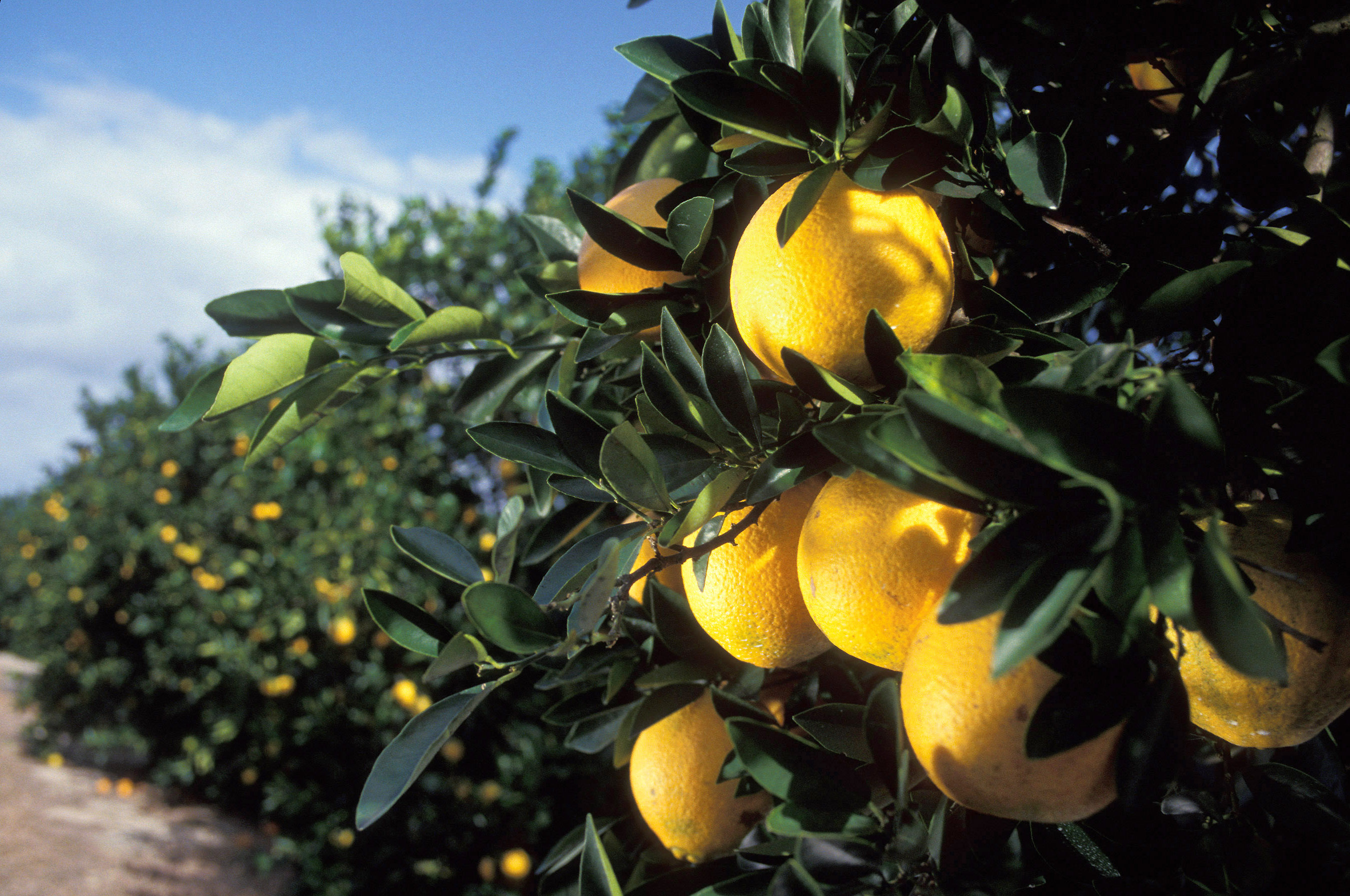With every report of citrus greening’s destructive toll, there’s also a story of how researchers and scientists are working alongside growers and others in the industry to beat the disease once and for all. Read up on the latest developments in citrus greening (HLB) research.
Throwing Heat
Researchers with the USDA have found success heating citrus seedlings infected with HLB. They found that seedlings heated to temperatures exceeding 100 degrees Fahrenheit in growth chambers seemed to reverse the symptoms of citrus greening. Additionally, they found placing adult infected trees in plastic tents that were then heated in the sun triggered disease remission and extended the length of time the trees remained productive while infected by the disease. Read more here.
Interrupting Psyllid Amore
The citrus greening bacteria is spread by a miniscule insect called the Asian citrus psyllid. Scientists with the USDA have worked on a lure trap that mimics the wing vibrations female psyllids make in response to the wing vibrations of males. Males follow the fake vibrations into a sticky trap and to their demise, effectively keeping males and females from reproducing. Read more here.
Mother Tree DNA
According to an NPR piece, there is an orange tree outside of Lakeland, FL, that has shown a natural resistance to HLB. Dr. Jude Grosser, with the UF Citrus Research and Education Center (CREC) in Lake Alfred, shared that the “Mother Tree” has been infected with HLB for around 5 years, yet it displays an exceptional tolerance to the disease. In fact, he’s quoted as saying the tree has produced such high-quality fruit that it’s oranges have been used as Christmas gifts for university administrators the last two years. Researchers at CREC are working to transfer the traits of the ‘Mother Tree’ to other citrus varieties. Read the full piece here
A Shot of Antibiotics
In the same NPR piece as above, it’s noted that creating and testing new tree varieties takes years. Additional short-term remedies are needed to slow the transmission or progression of HLB until a cure or fully resistant tree hits commercial markets. Such a remedy is offered by Dr. Ed Etxeberria, also with the CREC team. He’s developed a laser that delivers a shot of antibiotics into trees to help them combat the HLB bacteria.
It’s only a matter of time until a remedy, treatment or cure prevails to turn the tide of the disease’s effects on Florida’s citrus industry. Agriculture always finds a way.


